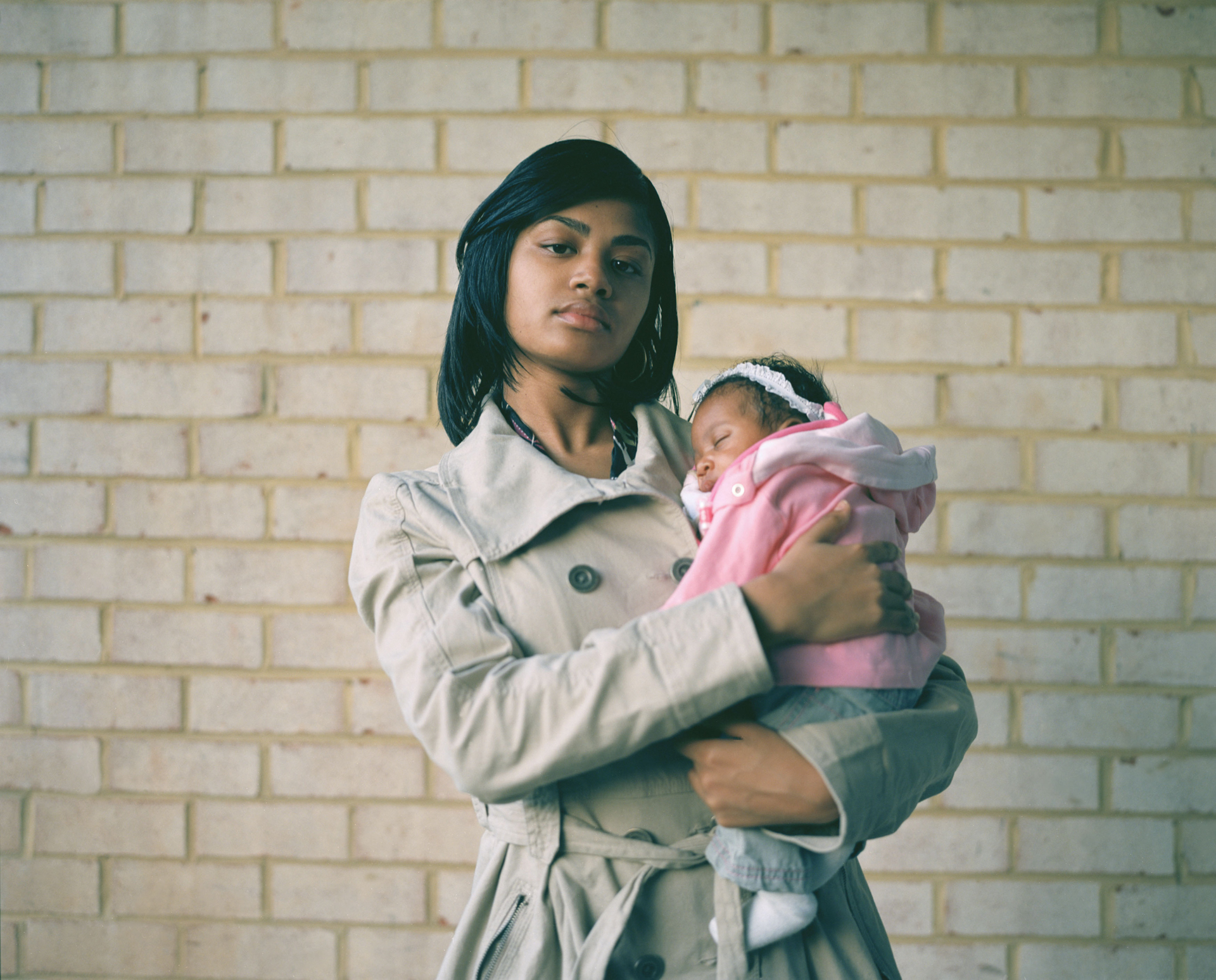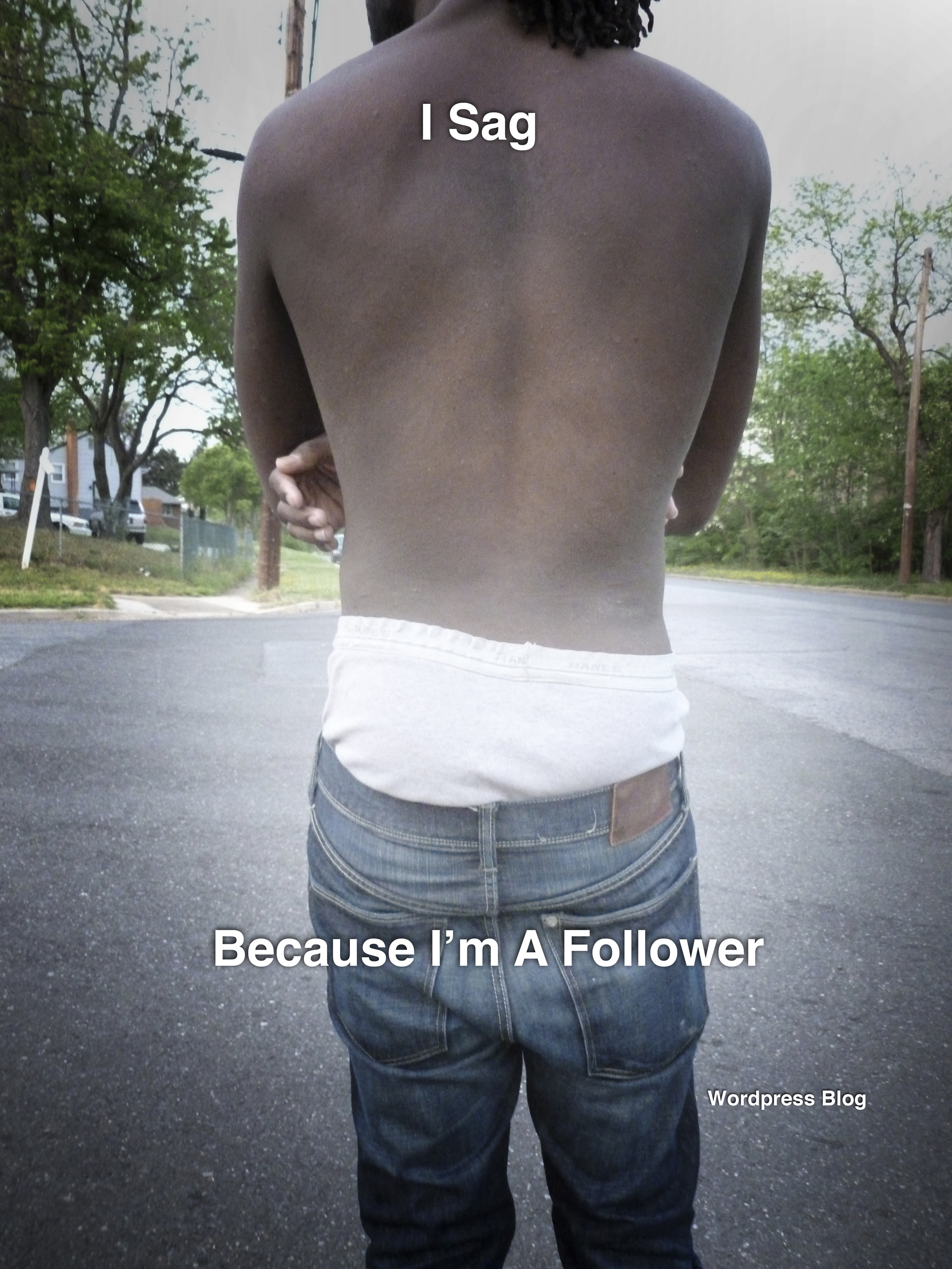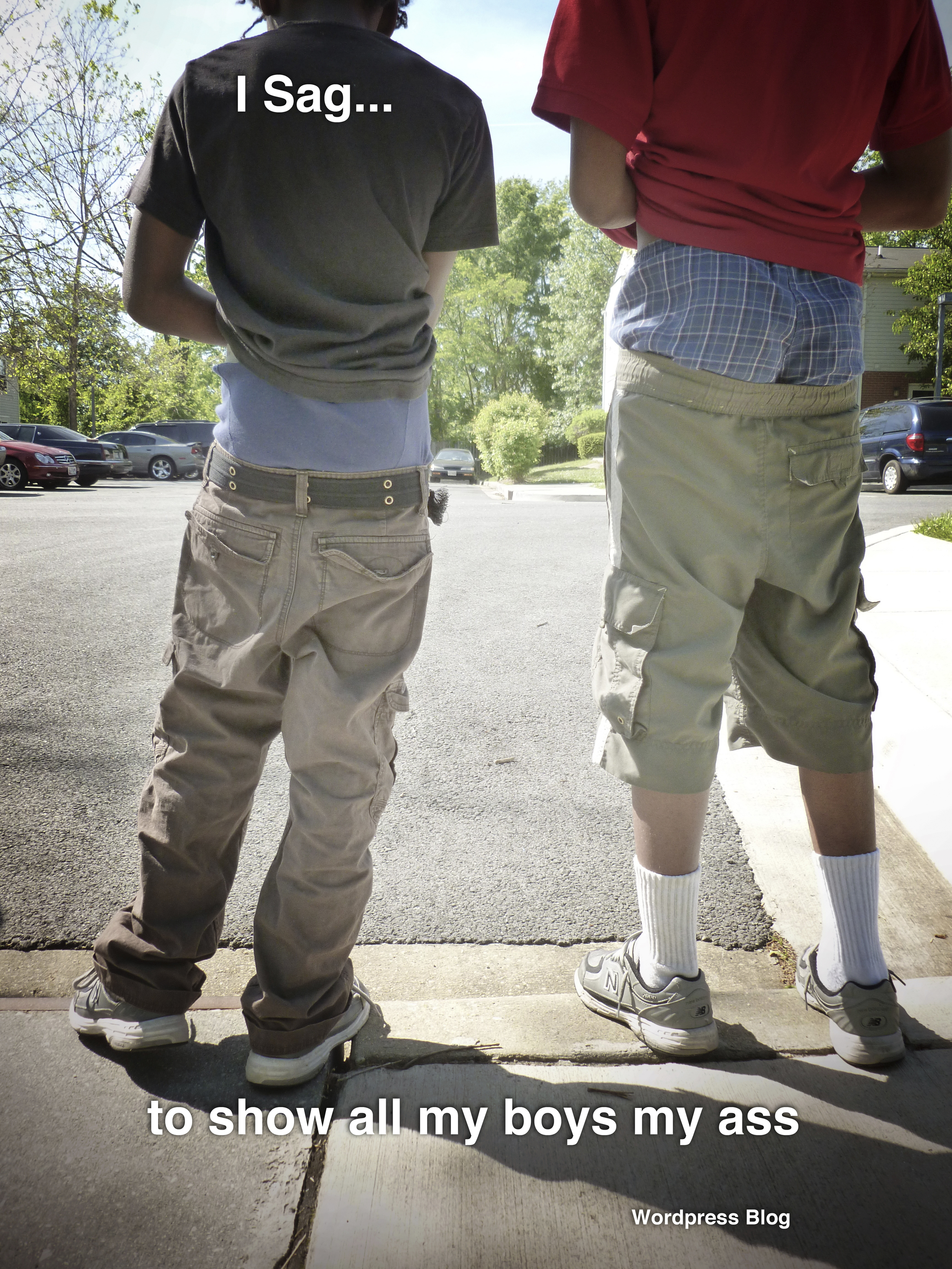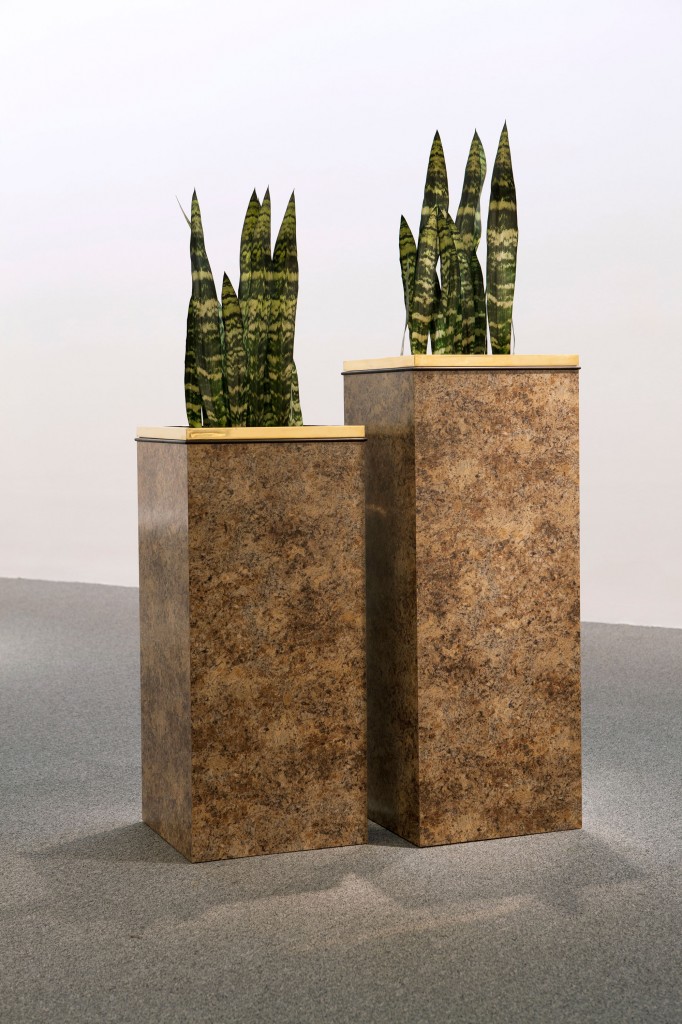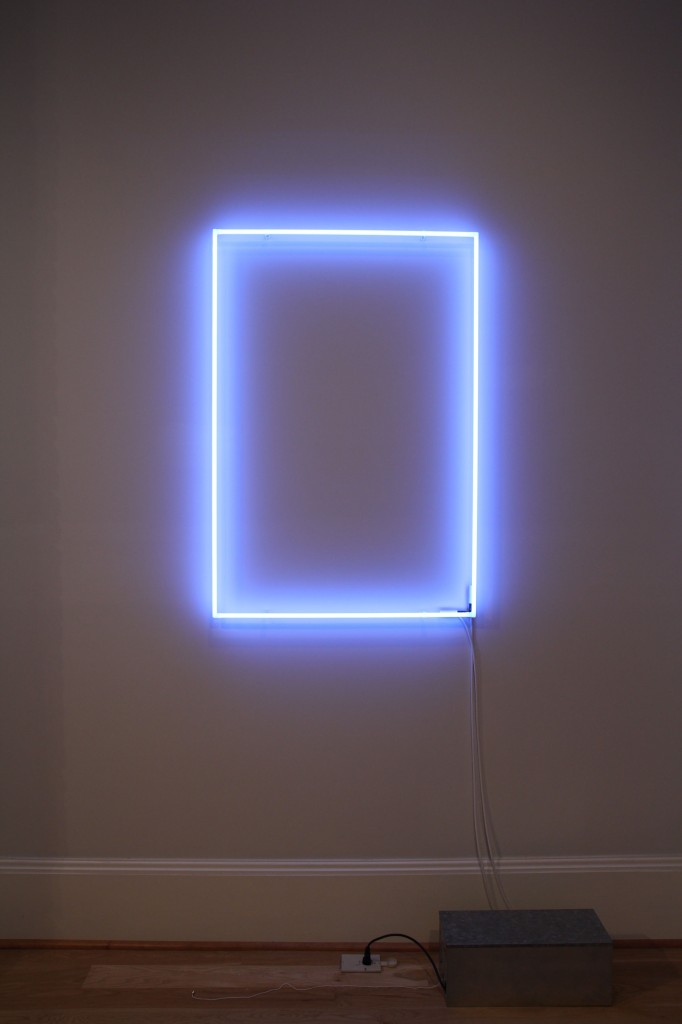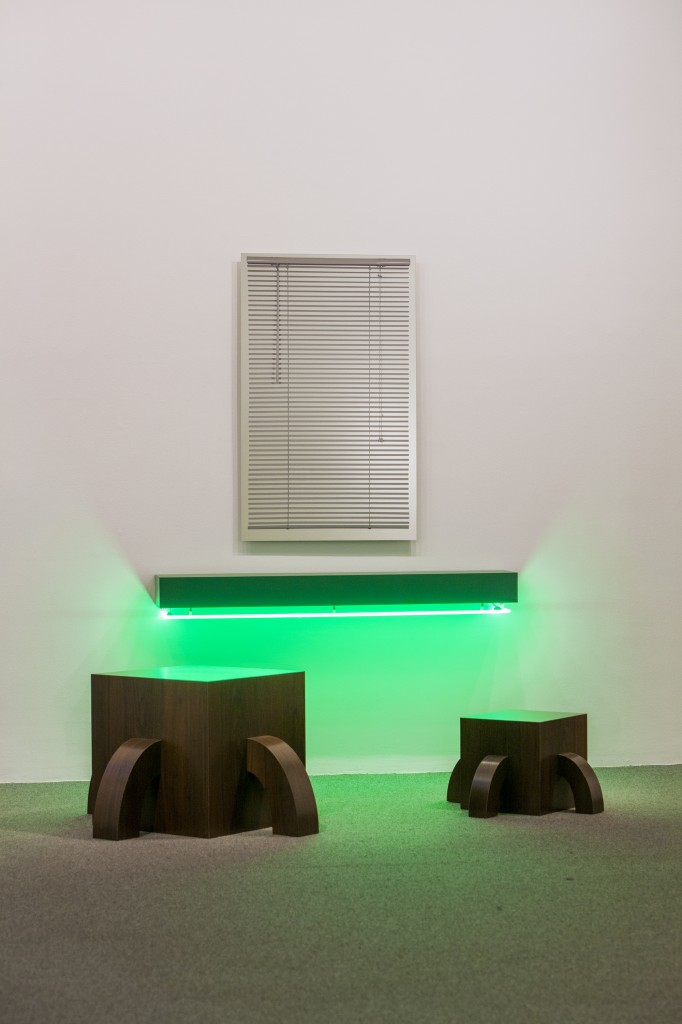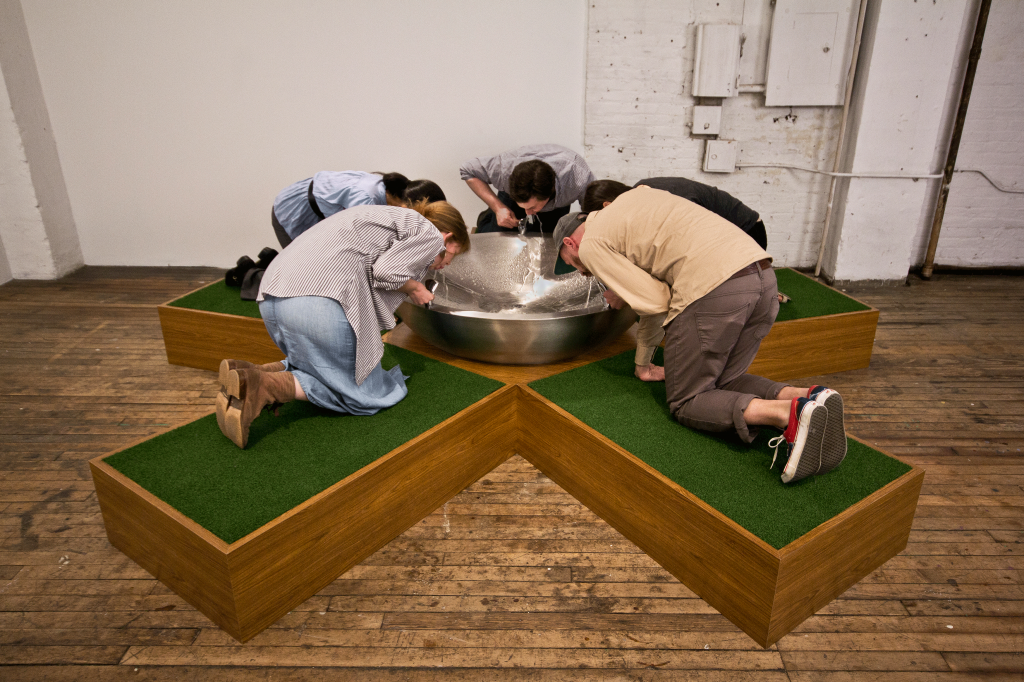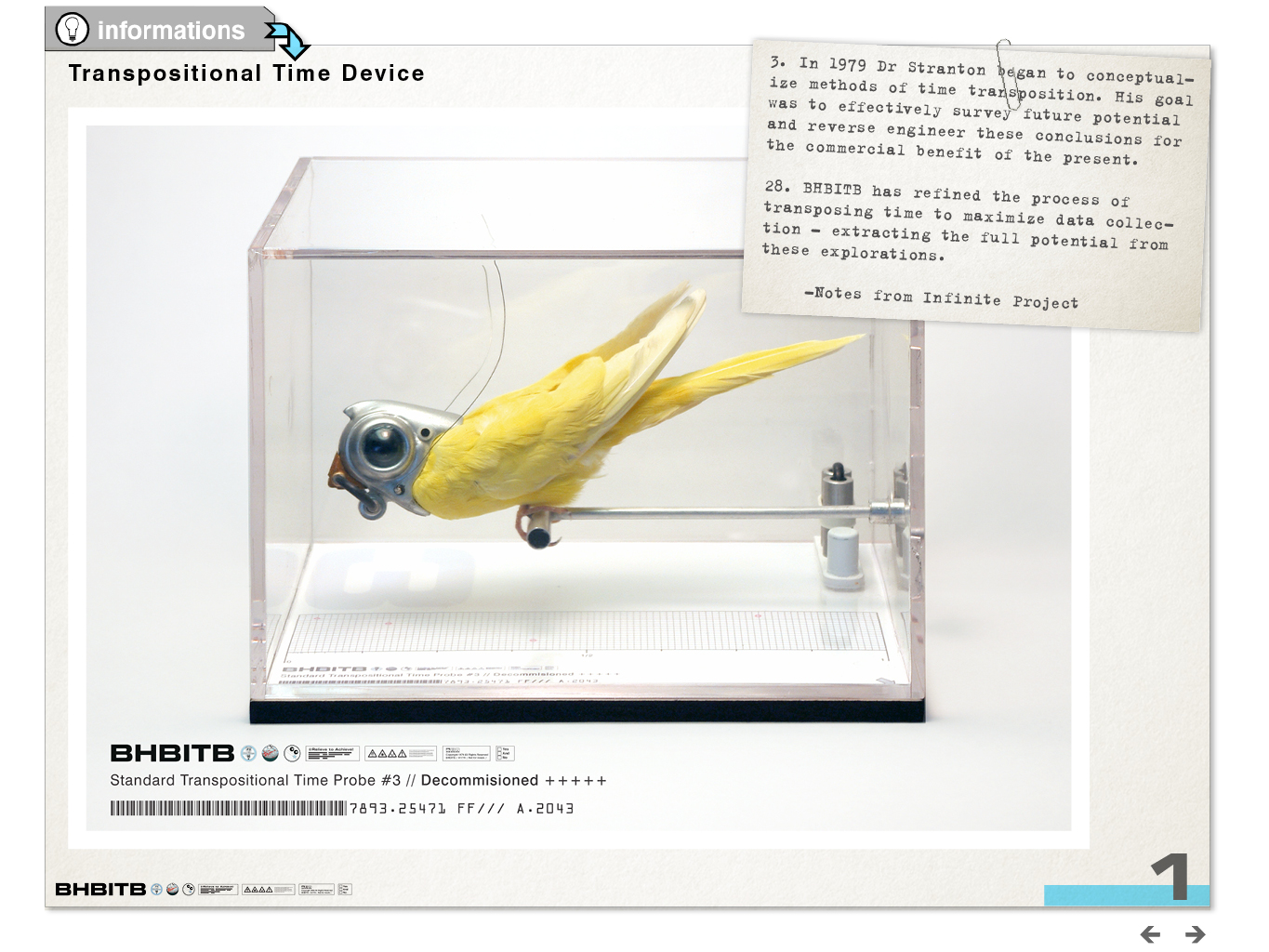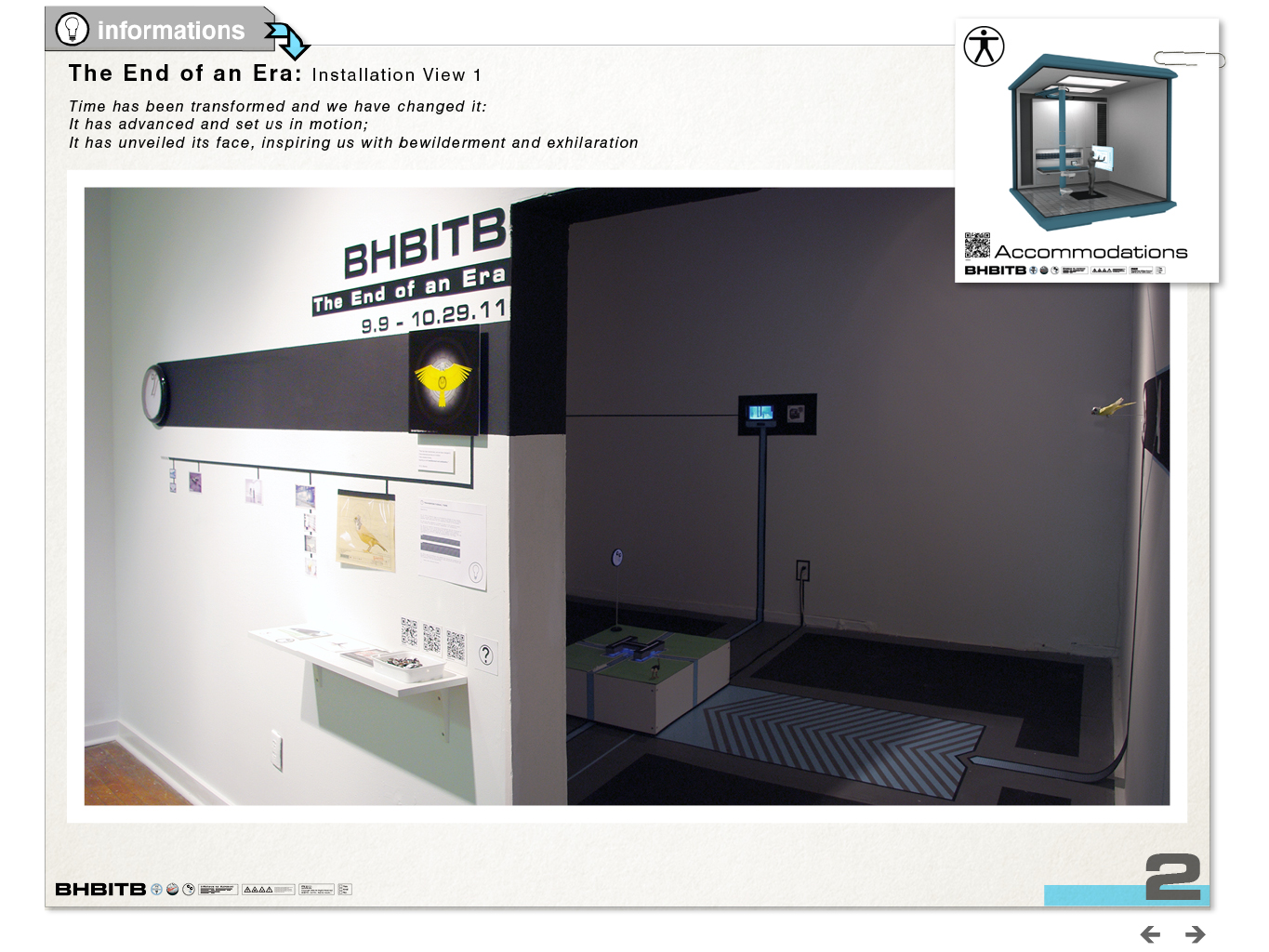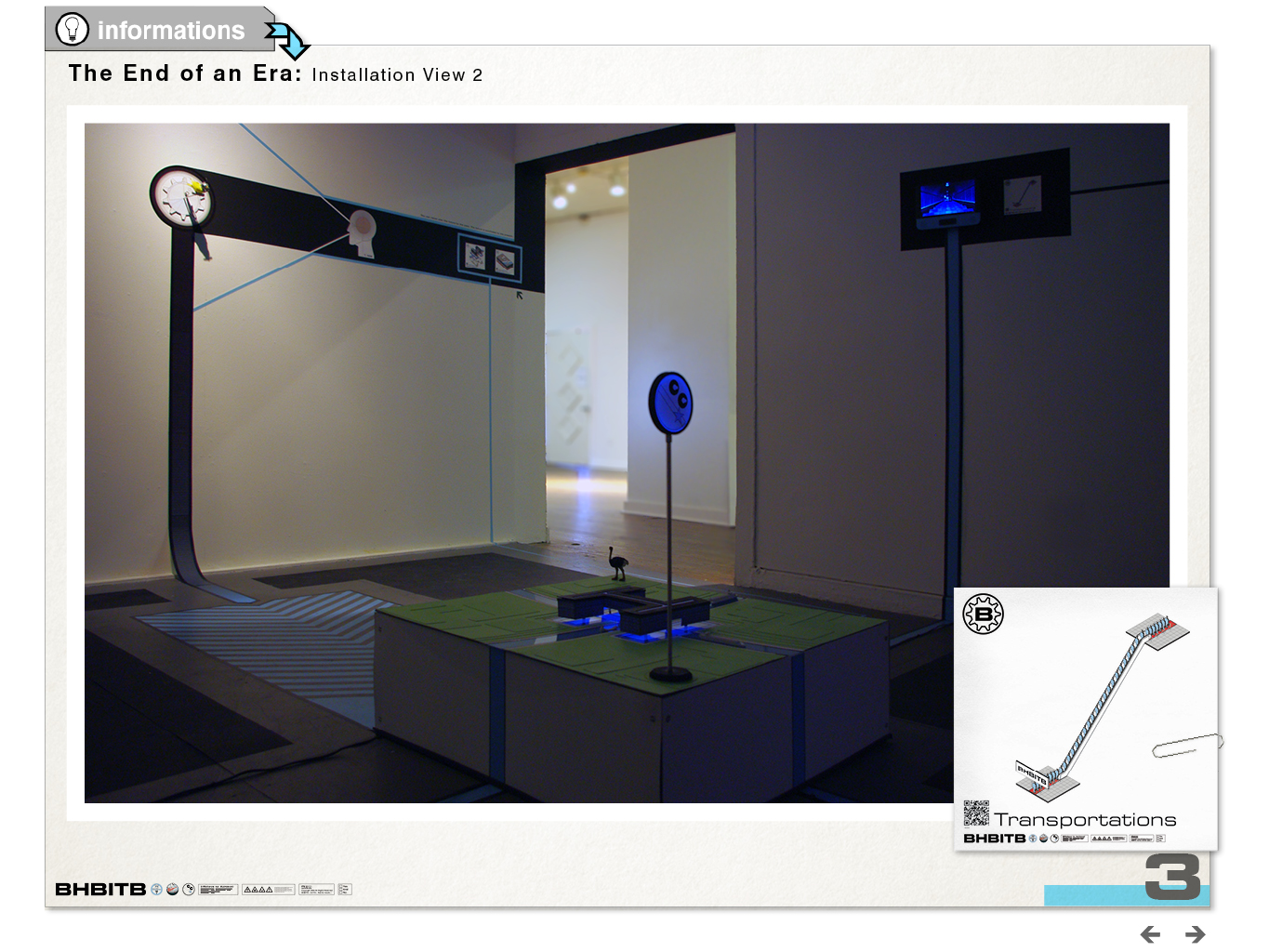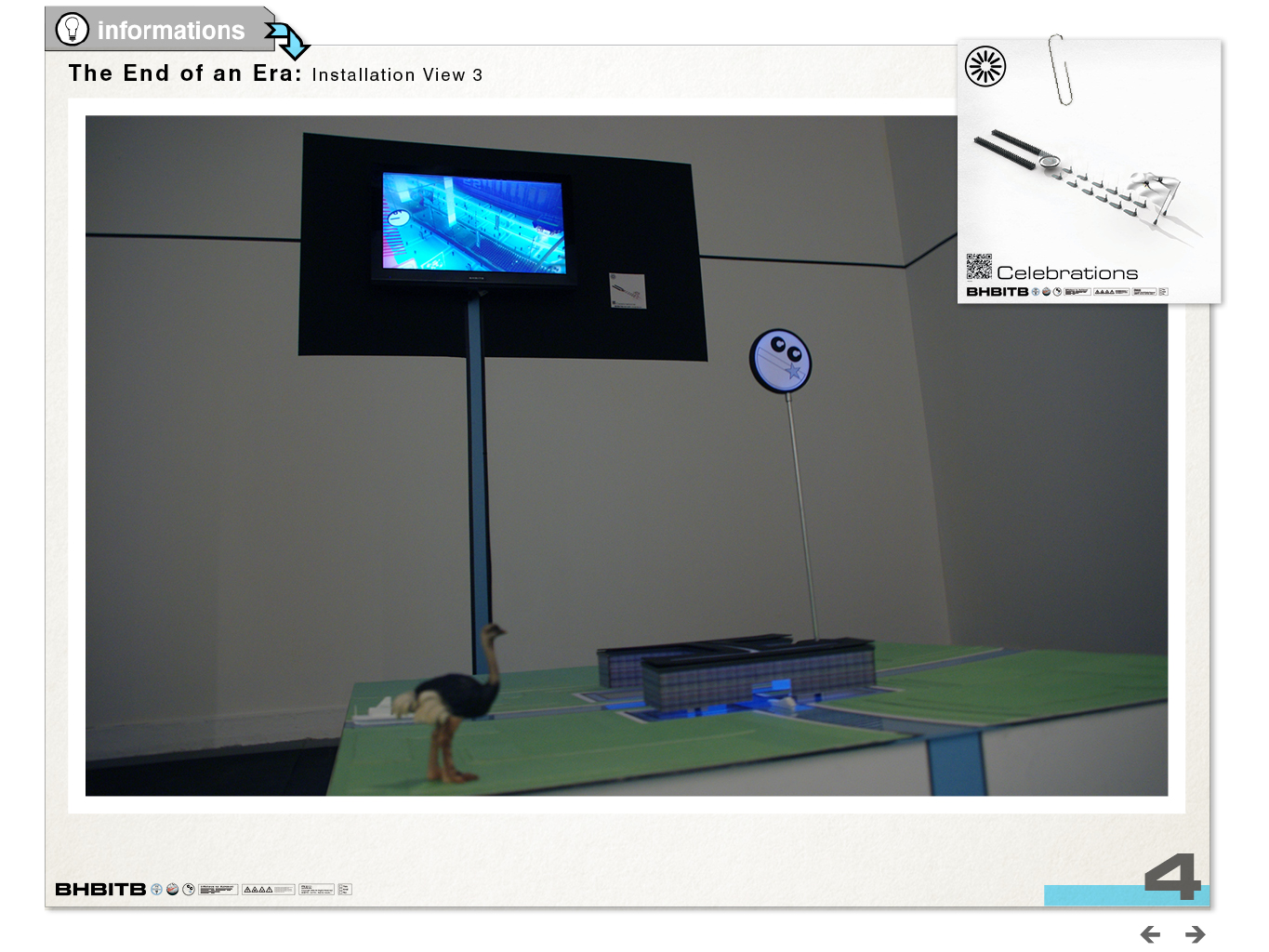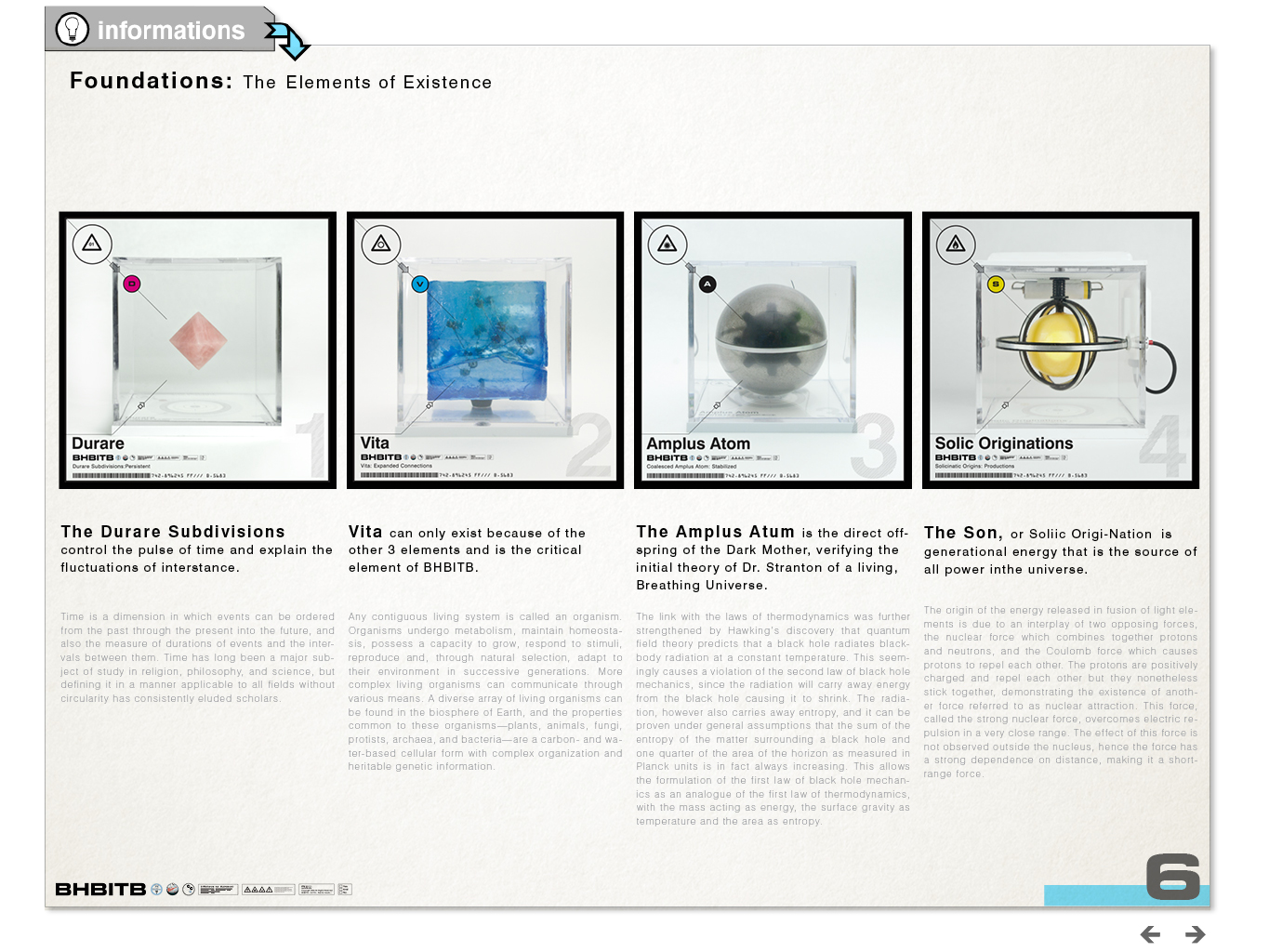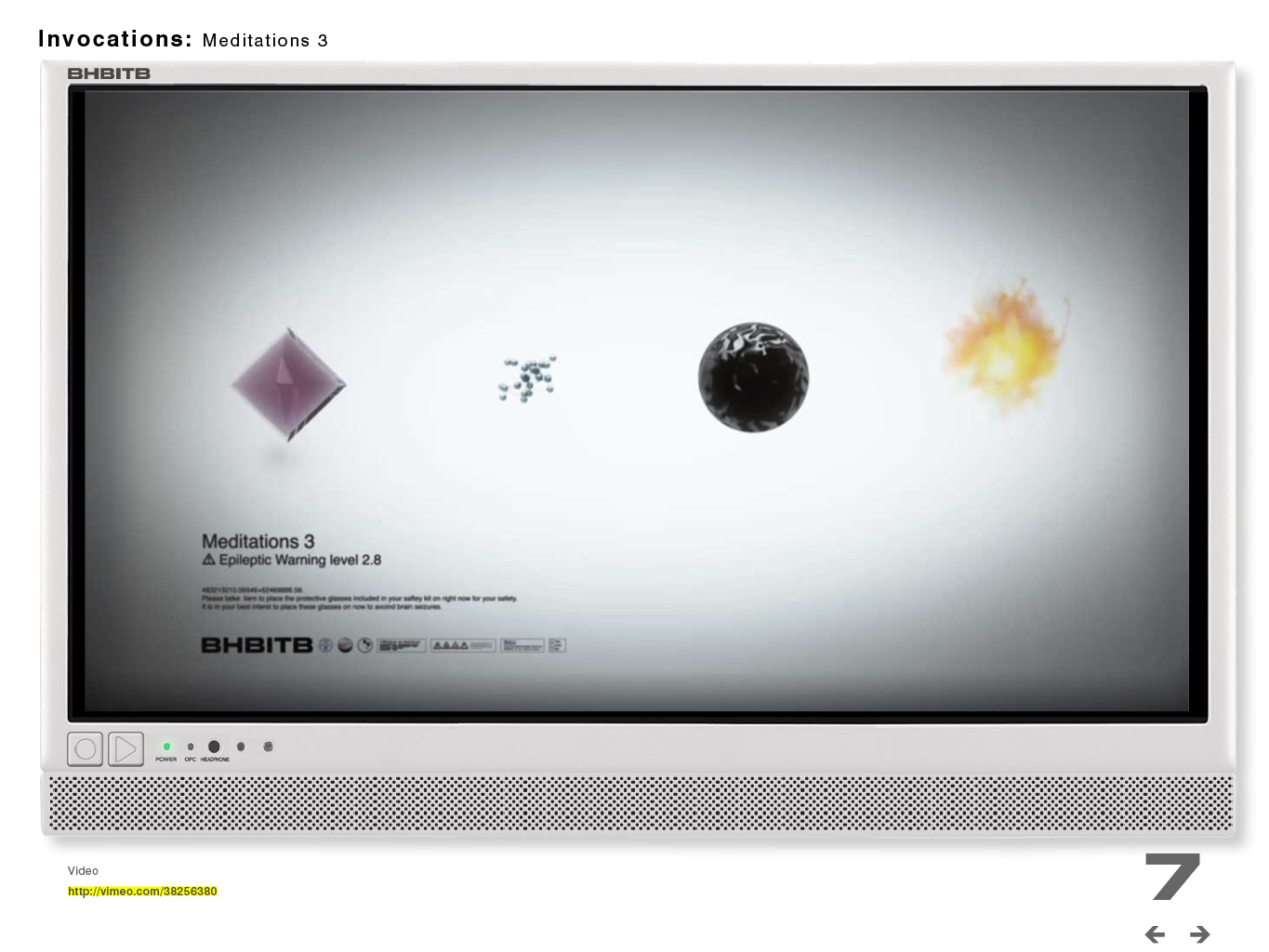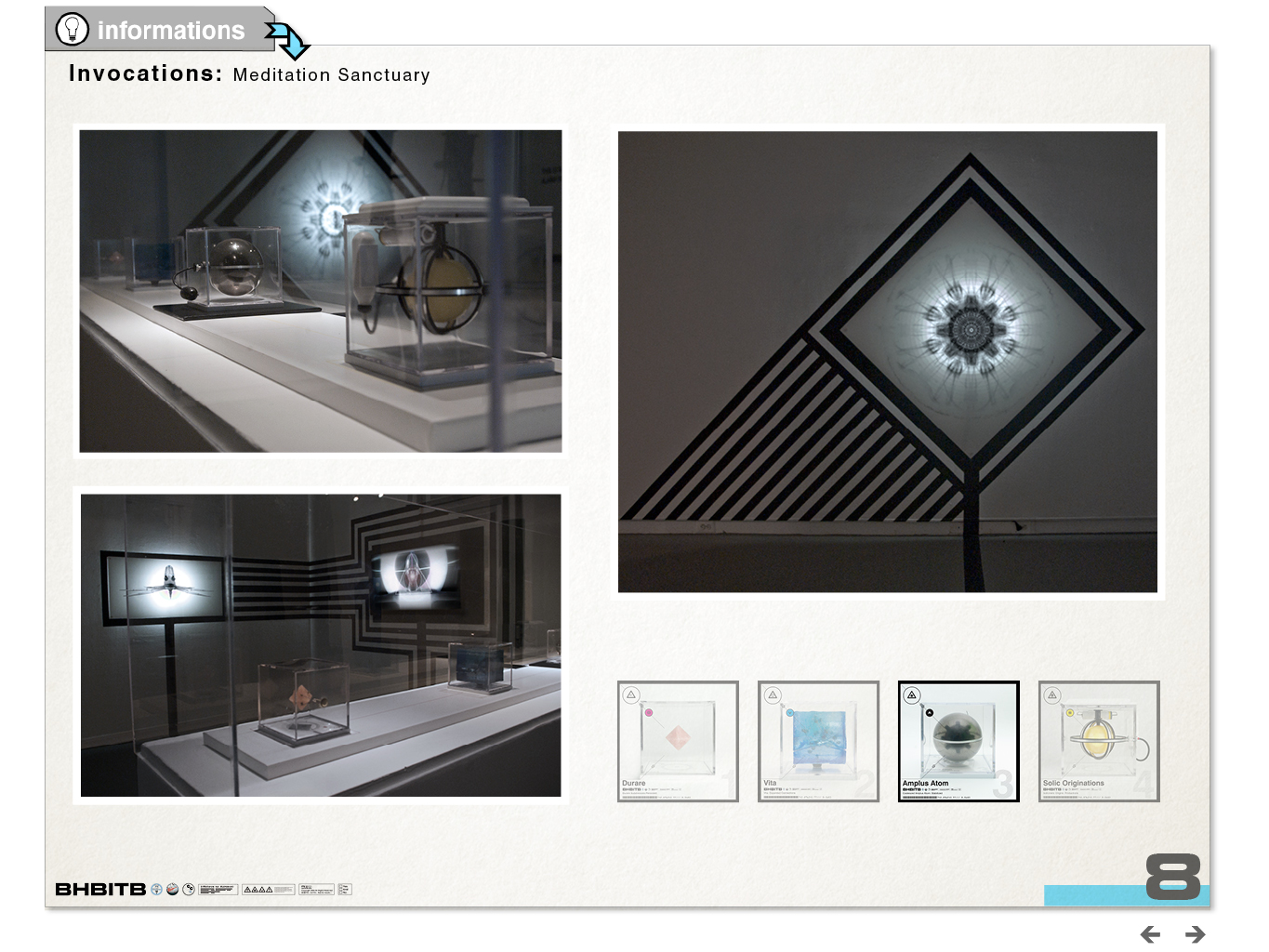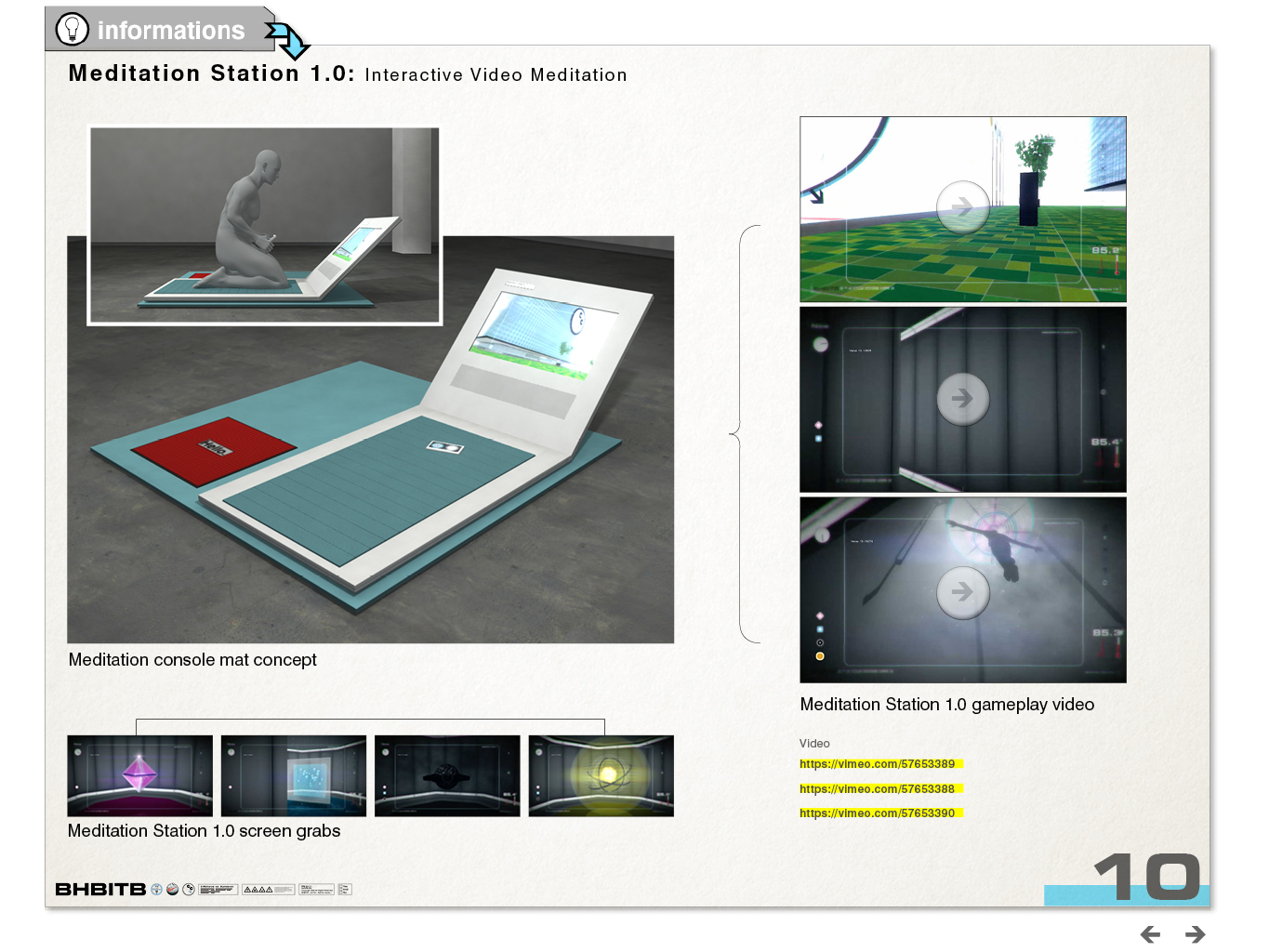Stemming from an interest in the psychology of the individual in contemporary culture as compared to and contrasted with the primitive psychology of man, this work offers a synthesis that straddles both worlds, highlighting the connections and disconnections between our former modus operandi and our current status. While this lifestyle transformation may be recognizable in the lives of the majority, I focus on a specific grouping of individuals, those living in a maximally built environment, the urban landscape. This new normal position removes the sights, sounds, scents and behaviors integral to life in the natural world and replaces it with a myriad of man-made objects and experiences. Each of these objects and experiences carry pre-determined cultural behavioral expectations exclusive of individual preferences.
No longer residing in a subsistence-based communal setting where a reactionary attitude to our environment is part of our survival technique, we now plan for our survival in a system based on the economy. Although this system is both convenient and reliable as compared to that of the past, my work pre-supposes that for some, the dependency on this structure does not present an entirely comforting situation. The disconnect from the natural world, in addition to the behavioral expectations, lack of intimacy, and survival challenges that characterize the contemporary construct, is not wholly satisfactory.
Humor and absurdity may be an element present in the work in its futile attempt to provide a material response to the predicament of life in contemporary culture. These objects may simulate nature, becoming a surrogate for a given user; easing or fulfilling the need for contact with the original. Due to this implied functionality, many works could be interpreted as positioning themselves in relationship to the field of product design, as they provide goods and services sought after by urban consumers. It is through this lens that my work investigates the relationship between our past and present experience.



